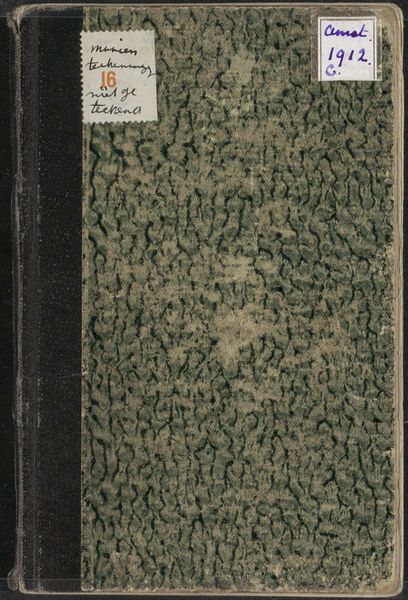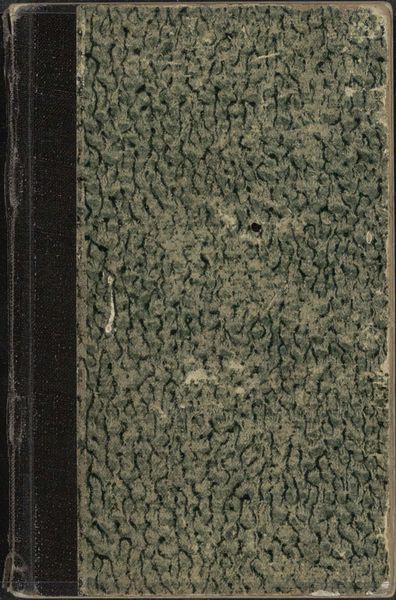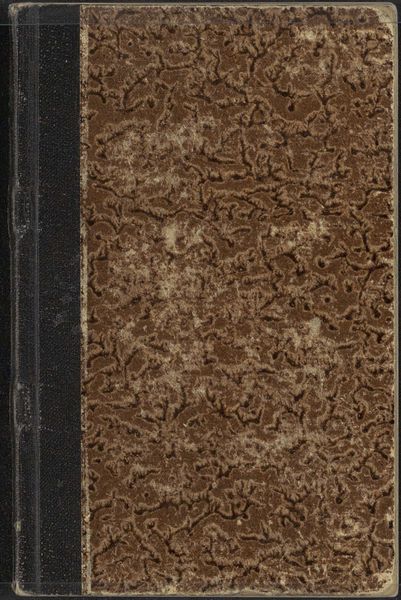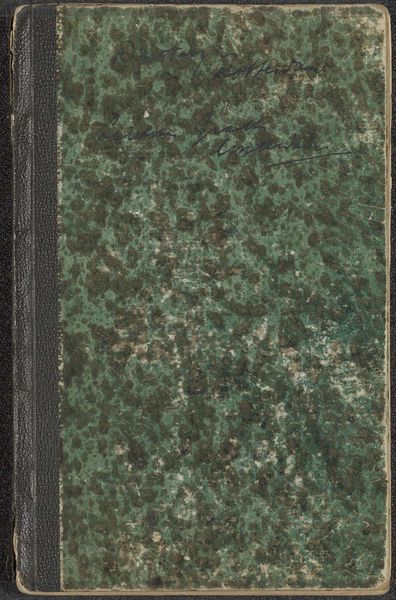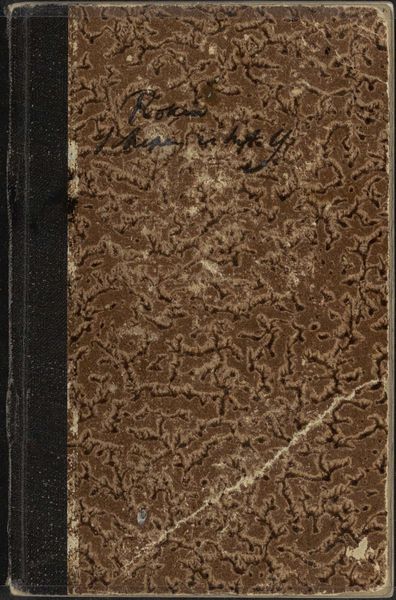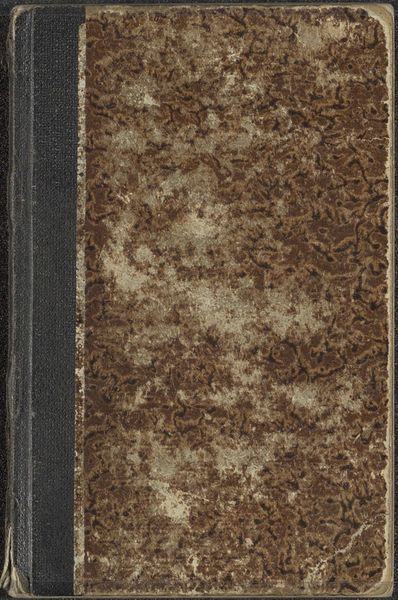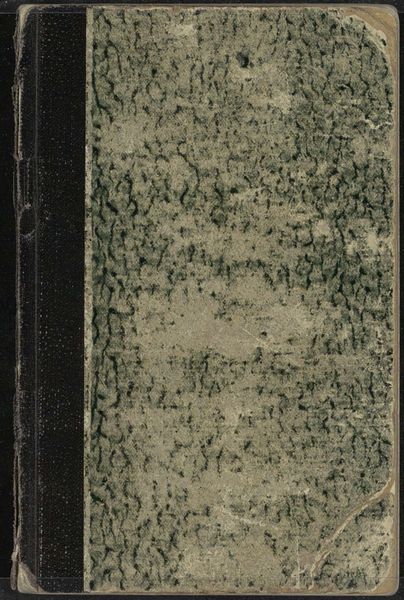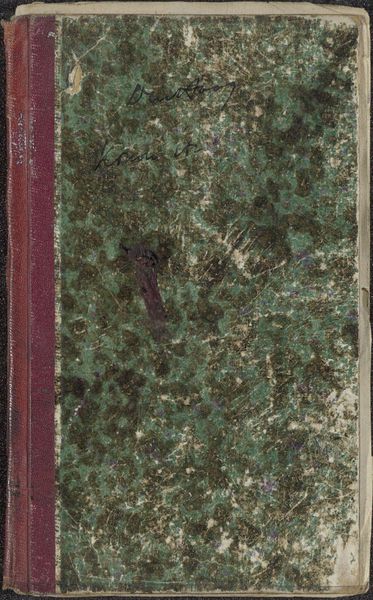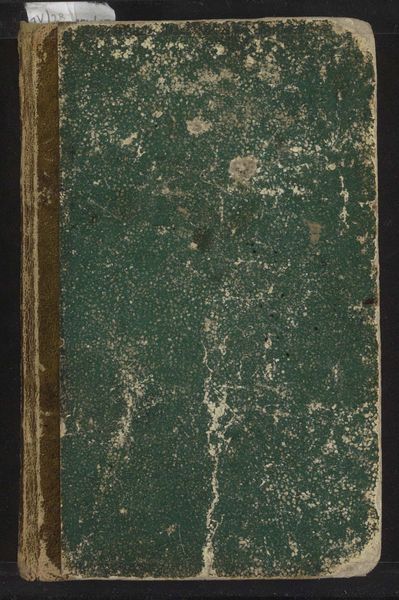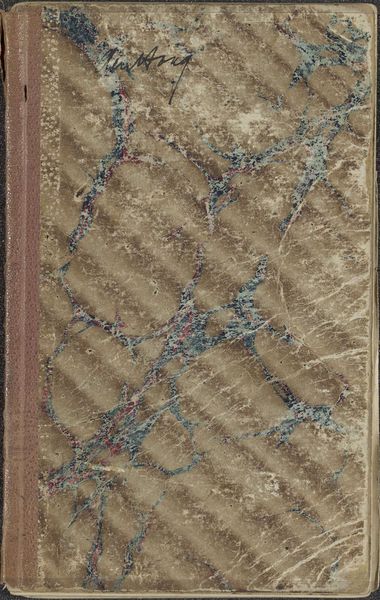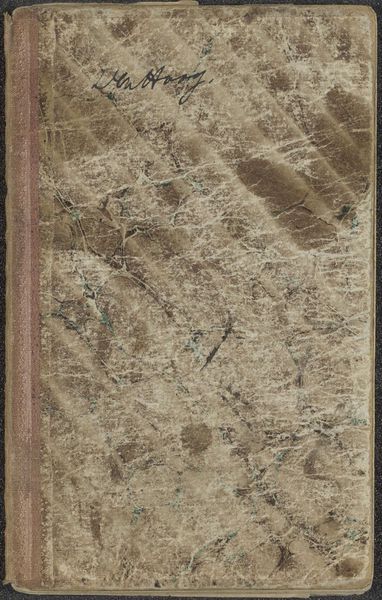
Schetsboek met 46 bladen vervaardigd in Amsterdam en Haarlem c. 1906 - 1923
0:00
0:00
Dimensions: height 159 mm, width 102 mm, thickness 8 mm, width 207 mm
Copyright: Rijks Museum: Open Domain
Curator: This is George Hendrik Breitner's sketchbook, dating roughly from 1906 to 1923. It contains 46 leaves and was created in both Amsterdam and Haarlem, currently residing here at the Rijksmuseum. Editor: The cover's texture is striking—like a petrified sponge or coral. It looks quite worn, as you’d expect of a well-loved, working object. I'm immediately curious about the specific paper and binding he chose. Curator: Right, the binding itself has a story to tell. In those years, the visual world was shifting drastically. Breitner, part of the Impressionist movement, embraced fleeting moments, scenes from everyday life, and sought ways to document the dynamism of modern existence. He likely carried this sketchbook with him, recording these ephemeral instances. Editor: Absolutely. Knowing that this was his portable studio changes how I see the materiality. Paper was relatively accessible then, but the specific quality would affect how his sketches would take shape. The drawings aren't about formal perfection but immediate impression. We see his process, his labor, embodied right in this object. Curator: Precisely! This sketchbook holds within it countless fragments of memory, the beginnings of his greater works. The imagery contained, undoubtedly reveals symbols which allow for cultural and psychological readings – perhaps he wanted to grasp a modern visual language to define a changing Netherlands. Editor: And each sketch, even the unfinished ones, offers insight into how Breitner processed the raw materials of urban life. We think of "high art," but this invites us to appreciate the craft of seeing, the daily labor involved in making something beautiful and resonant from commonplace scenes. It reminds us of the economic circumstances for the artists, where materials like sketchbooks became central for professional development and production. Curator: It’s a quiet witness to an artist's journey. It bridges us with the past, letting us glimpse at how Breitner interacted with the city around him. This book, a collection of fragmented visions, brings the past into present. Editor: Agreed, holding within its aged paper, the evidence of artistic effort, decision, and seeing. It renders the ordinary extraordinary. It also humanizes the artistic process by showcasing how daily practices construct great artworks.
Comments
No comments
Be the first to comment and join the conversation on the ultimate creative platform.
